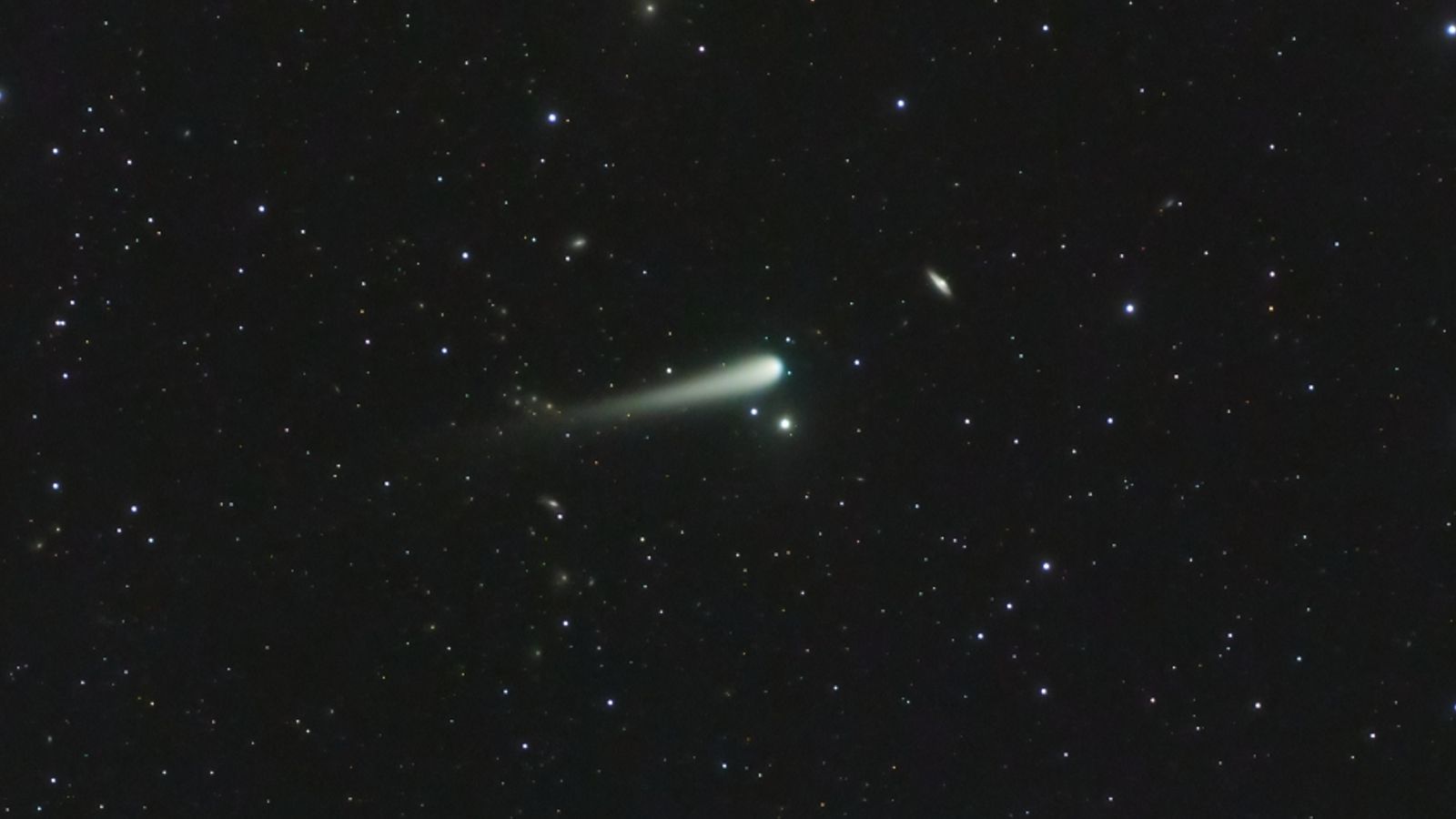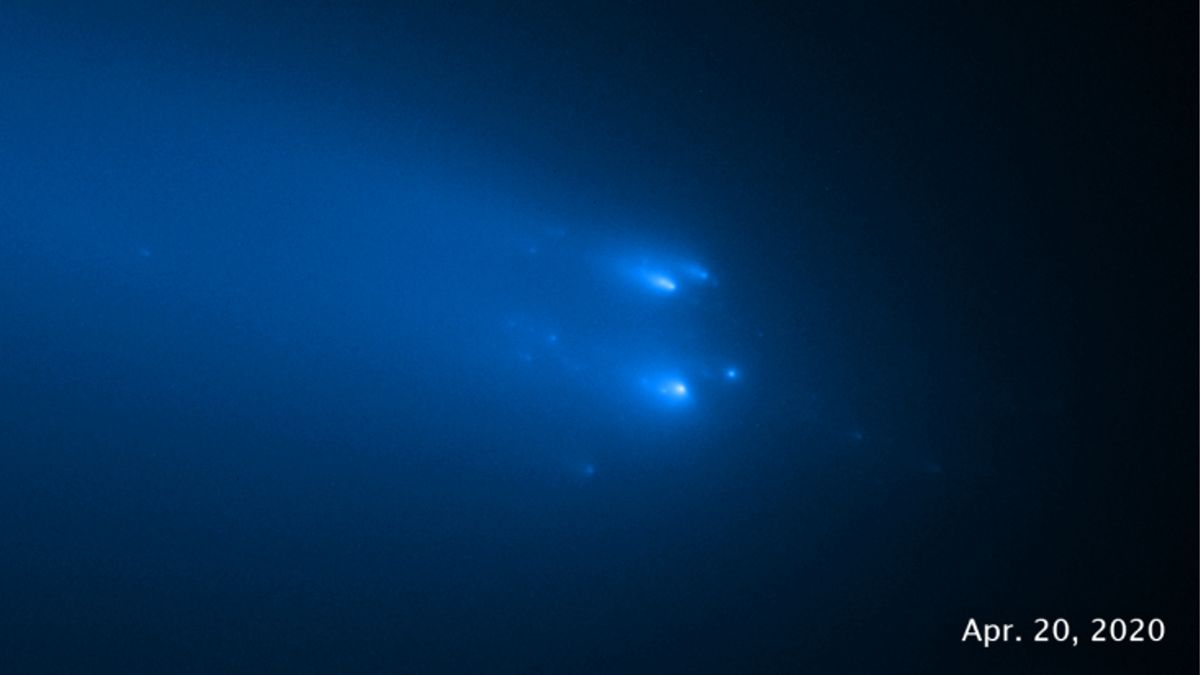Follow us on Google News (click on ☆)

The comet C/2023 A3, or Tsuchinshan-ATLAS, is currently heading towards the Sun and is expected to pass closest to Earth in October. However, new research suggests it may not make it.
Credit: José J. Chambó, https://cometografia.es
First discovered by Chinese astronomers in January 2023, the comet Tsuchinshan-ATLAS generated a lot of excitement. Confirmed by NASA's ATLAS alert system in February of the same year, its trajectory indicated a close approach to the Sun, with a possible ejection out of the Solar System.
The comet is expected to reach its perihelion on September 27 and pass nearest to Earth on October 13, at roughly 44.2 million miles (71 million kilometers). At this distance, it could shine as brightly as the most luminous stars in the night sky, offering a spectacle visible to the naked eye for several weeks.
However, a new study published on July 8 on the preprint server arXiv by NASA's Zdenek Sekanina challenges this outlook. Sekanina, an expert in comets, asserts that C/2023 A3 is fragmenting and might never reach its perihelion. Observations show that the comet is undergoing advanced disintegration, with fragments gradually dispersing into space.
Giant comets, such as C/2023 A3, tend to fragment as they approach the Sun, similar to the fate of comet ISON in 2014. This fragmentation is due to the intense gravitational pull of the Sun on the icy bodies. Yet, experts like Nick James of the British Astronomical Association do not all share this conclusion. According to him, it is premature to definitively predict the disintegration of the comet.

The comet C/2019 Y4 disintegrated as it approached the Sun in 2020, captured here by the Hubble Space Telescope.
Credit: NASA, ESA, STScI, and D. Jewitt (UCLA)
Other recent comets, such as Nishimura and 12P/Pons Brooks, have survived their close passes by the Sun, adding to the debate. The case of C/2023 A3 remains uncertain, and astronomers continue to closely monitor its progression.
The fragility of C/2023 A3 is compounded by its lack of brightness and its thin dust tail, signs that its nucleus might be fractured. The observed phenomenon of non-gravitational acceleration, likely caused by internal gas jets, further supports the hypothesis of its imminent disintegration.
As the scientific community eagerly awaits further developments, one thing is clear: comet C/2023 A3 continues to captivate and challenge expectations, a reminder of the unpredictability of our Universe.